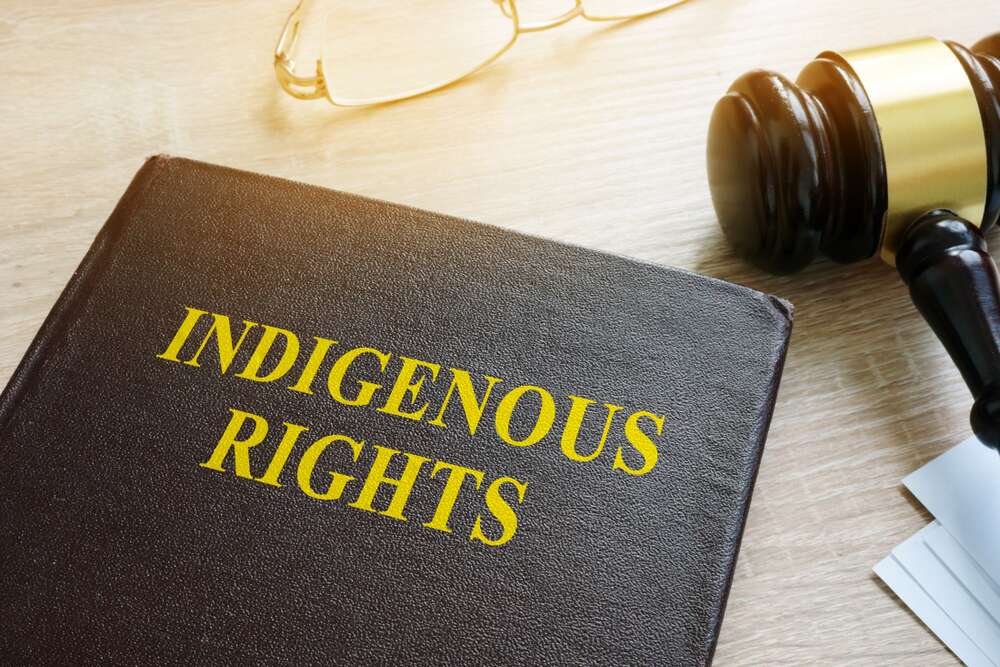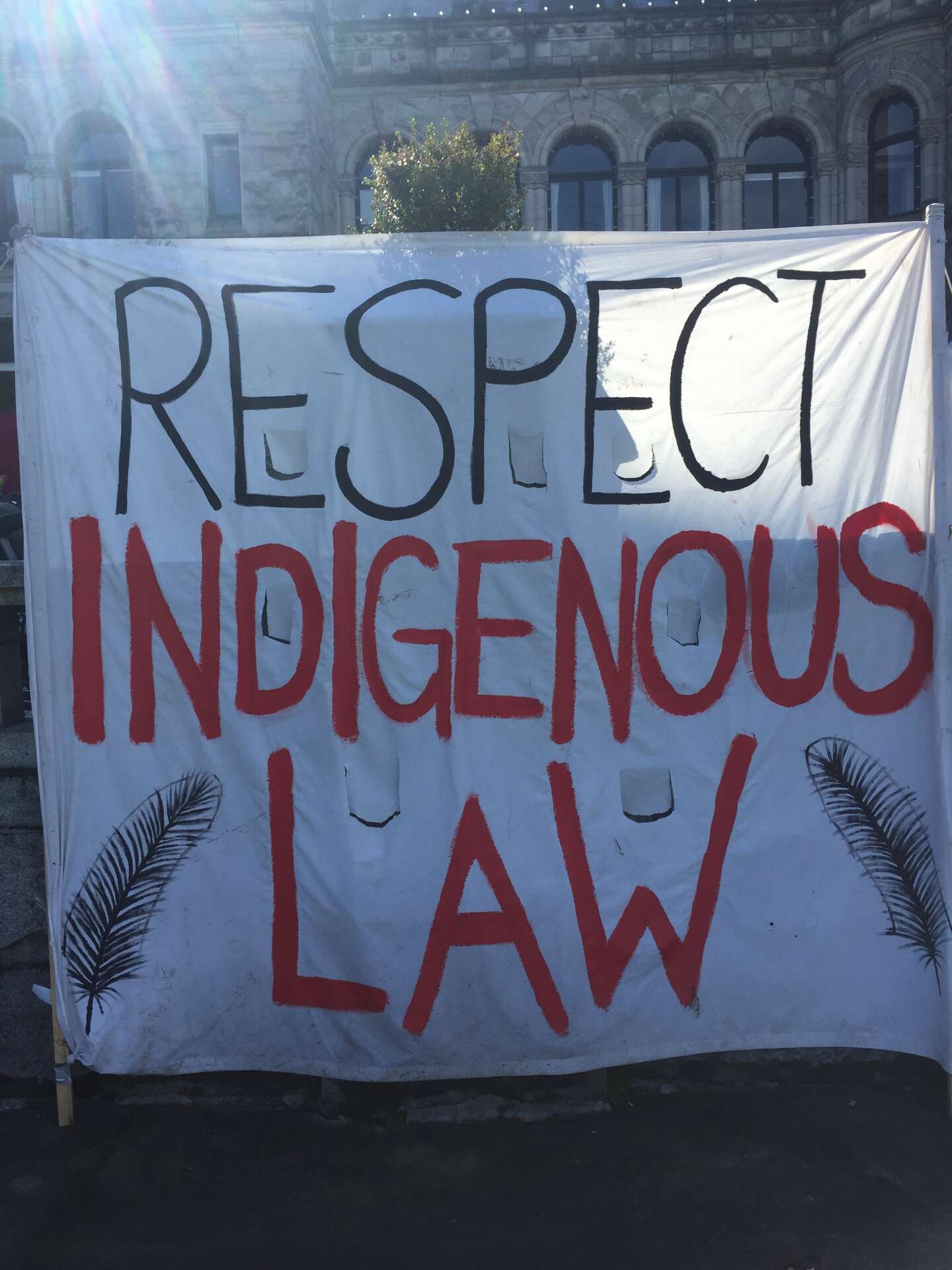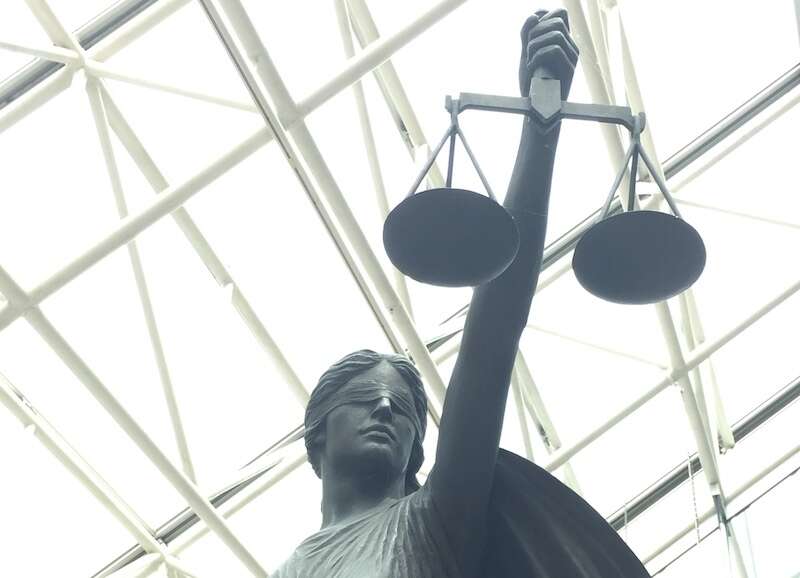Last month, the BC Supreme Court issued its decision in The Nuchatlaht v British Columbia. The Court held that the Nuchatlaht failed to provide sufficient evidence to establish their claim to Aboriginal title on the west coast of Vancouver Island.
The decision represents a setback both for the Nuchatlaht and for the development of the law of Aboriginal title. Below, we provide an overview of key issues arising from the decision.
What it's about
Long before colonization, the Nuchatlaht people lived on and cared for the forests, islands and waters along the northwest coast of Vancouver Island in accordance with their inherent laws and governance practices.
In the decades following the arrival of Europeans, colonial powers vied amongst themselves for control of the area. Their disputes were settled when Britain and the United States entered the Oregon Boundary Treaty in 1846. Under the Treaty, Vancouver Island became subject to British control.
The Nuchatlaht were not part of the Oregon Boundary Treaty, nor did they enter into a separate treaty with the Crown. However, in the ensuing century, the Crown proceeded on the basis that it had the sole right to own, manage and benefit from Nuchatlaht lands. This included authorizing extensive industrial logging, fishing and other resource development within the forests and oceans in Nuchatlaht territory.
What happened
The Nuchatlaht brought a claim at the BC Supreme Court for a declaration that they held Aboriginal title to a portion of their territory on Nootka Island.
To establish Aboriginal title under Canadian law, the Nuchatlaht were required to prove they exclusively occupied the claimed area at the time the Crown asserted sovereignty.
The Nuchatlaht used a strategic approach to reduce the time and costs associated with title litigation. The claim was limited to a specific portion of their territory and did not include the foreshore, seabed or other submerged lands. The Nuchatlaht focused their evidence on the boundaries of their territory, rather than on use and occupation throughout the area. They also relied on historical, ethnographic and archaeological evidence rather than oral testimony from community members.
What the court said
The Court held that the Nuchatlaht had not established title because they failed to provide enough evidence to demonstrate they exclusively used and occupied the claim area at the date of the assertion of Crown sovereignty.
The Court confirmed that for the purposes of Aboriginal title, the date of the assertion of Crown sovereignty in BC was 1846, when Britain and the US entered the Oregon Boundary Treaty. However, the Court went further and said that 1846 was not only the date the Crown asserted sovereignty, but also the date on which Crown sovereignty was actually established.
The Court also noted that the test for Aboriginal title is not well-suited for coastal marine peoples such as the Nuchatlaht, but held that this issue should be addressed by a higher court.
The Court left the door open for the Nuchatlaht to return to seek a declaration of title to specific, smaller areas within the larger claim area.

Why it's important
The decision raises serious questions about the limits of Aboriginal title as a vehicle for reconciliation.
A return to the postage stamp approach to Aboriginal title?
In the 2014 Tsilhqot’in decision, the Supreme Court of Canada rejected the “postage stamp” approach to Aboriginal title and instead confirmed that title is held on a territorial basis.
The Nuchatlaht decision revives the argument that Indigenous groups must provide extensive evidence of historic use and occupation of each specific part of their territory. This approach would impose a significant, unnecessary burden on Indigenous groups seeking to establish title. A renewed focus on physical use and occupation also disregards the important role of Indigenous laws as a means of managing and controlling territorial boundaries.
How did the Crown “establish” sovereignty in 1846?
The test for Aboriginal title requires Indigenous groups to demonstrate occupation of their territories at the date the Crown asserted sovereignty over the area at issue.
The Supreme Court’s use of the term “asserted” is significant and intentional. It recognizes that there are serious outstanding questions that need to be answered about whether and how the Crown can be said to have legitimately established sovereignty over Indigenous Peoples and lands.
Instead of acknowledging this issue, the Court in Nuchatlaht held that the Crown in BC not only asserted but factually established Crown sovereignty at the time of the Oregon Boundary Treaty in 1846. The Court did not explain how Britain’s decision to enter into a treaty with another colonial power resulted in the establishment of sovereignty over the Nuchatlaht.
This approach undermines the very purpose of section 35 of the Constitution Act, 1982, being the reconciliation of the Crown’s unilateral assumption of ownership and control over lands which were already occupied and governed by Indigenous Peoples.
Does Aboriginal title exclude coastal peoples?
Significant portions of Canada border oceans, lakes and other navigable waters. These areas play a vital role in sustaining Indigenous cultures and livelihoods. Despite this, courts and governments have yet to establish a legal test which would result in the meaningful recognition of title to marine spaces.
The Nuchatlaht decision is the latest example of the ongoing legal uncertainty associated with Aboriginal title to waters and submerged lands. In the absence of a clear path for the recognition of Aboriginal title to these areas, coastal Indigenous peoples will be left without access to the same constitutional protections as Indigenous groups whose territory is comprised all or mostly of dry land.
Looking ahead
The modern law of Aboriginal title in Canada rests on a fundamental tension: courts recognize that the lands in what is now Canada were already occupied and governed by Indigenous Peoples prior to the arrival of Europeans, but have yet to provide a clear answer to how the Crown subsequently acquired sovereignty over those same lands.
Section 35 of the Constitution Act, 1982 is intended to provide a framework to reconcile this inconsistency through the recognition of Indigenous Peoples’ Aboriginal title, rights and Treaty rights.
Unfortunately, for many Indigenous groups achieving meaningful protections of their lands and rights under section 35 has proven to be time-consuming, costly, and ultimately, insufficient.
The Nuchatlaht decision is one such example. It also highlights the urgent need for novel, creative and respectful approaches to the recognition of Indigenous Peoples’ rights to their lands and waters based on both the Canadian common law and Indigenous legal orders.

First Peoples Law LLP is a law firm dedicated to defending and advancing the rights of Indigenous Peoples. We work exclusively with Indigenous Peoples to defend their inherent and constitutionally protected title, rights and Treaty rights, uphold their Indigenous laws and governance and ensure economic prosperity for their current and future generations.
Kate Gunn is partner at First Peoples Law LLP. Kate completed her Master's of Law at the University of British Columbia. Her most recent academic essay, "Agreeing to Share: Treaty 3, History & the Courts," was published in the UBC Law Review.
Connect with Kate on LinkedIn and Twitter
Nico McKay is a lawyer at First Peoples Law LLP.
Connect with Nico on LinkedIn and Twitter
For more First Peoples Law analysis, visit our blog
Sign up for our First Peoples Law Report

